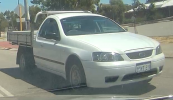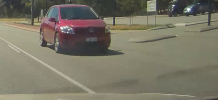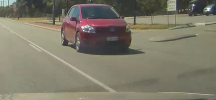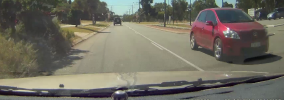roadkill401
Member
I have my A119 on order from Amazon and hopefully it will be here by the end of the week. While i wait, I figured to ask about setup. I do most of my driving during the day time and am getting the dashcam to protect myself from eager police who like to hand out tickets for failing to stop at stop signs.
Is there any advantage to a high frame rate setting over a high resoltion setting? Planning on using a 64gb SD and will have the GPS base installed
Is there any advantage to a high frame rate setting over a high resoltion setting? Planning on using a 64gb SD and will have the GPS base installed





